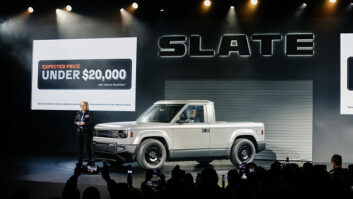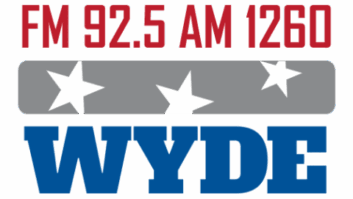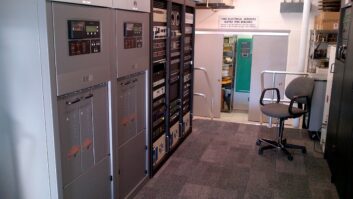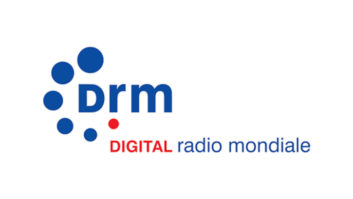MILAN — The Radioplayer Italia app will be available in Italy in early 2020.
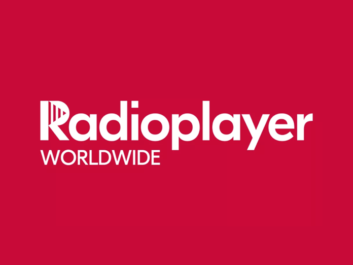
Last July, many Italian radio broadcasters teamed together to foster their digital presence through any available device. They launched Player Editori Radio (PER) with the goal of giving their listeners a direct, immediate access to partnering stations’ live streaming content, as well as to podcast, extra content and native videos through a single app.
On Oct. 21, PER signed an agreement with Radioplayer, the international industry-backed radio platform, to launch Radioplayer Italia for the benefit of 44 million Italian radio listeners.
HYBRID FOLLOWING
Present members of PER include Italian public service broadcaster Rai, Radio Mediaset, Gedi, Sole 24 Ore, RTL 102.5, RDS, Radio Italia, Radio Kiss Kiss, Radiofreccia, and organizations Aeranti-Corallo and Federazione Radio Televisioni, which include most local broadcasters.
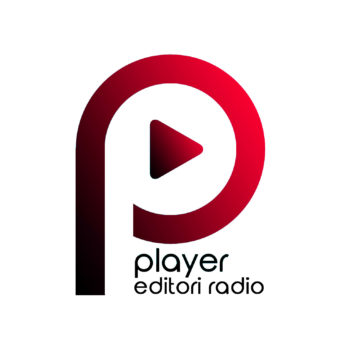
Radioplayer is a non-profit radio aggregation model. There are shared technical standards for the browser, the radio-discovery apps and the back-end systems that power them, but broadcasters retain full control over their own branding, streaming, and commercial deals. In addition, each system is specific to the country in which it is available.
The Italian stations will also join the international Radioplayer data feed that powers the hybrid radio interfaces in many Audi, VW and Porsche cars. These smart devices can switch automatically between DAB, FM, and streaming, to keep listeners locked into their favorite radio stations.
As well as enabling “hybrid” switching between broadcast and streaming as reception varies, the new data feed can power next generation features such as personalized radio recommendations, search results and catch-up content.
“We welcome this new partnership,” said Michael Hill, managing director at Radioplayer. “Italy is a major car manufacturing center, and one of the top automotive markets in Europe. We are determined to keep radio strong in the car, and we’ll do it by working closely with broadcasters and car companies.”
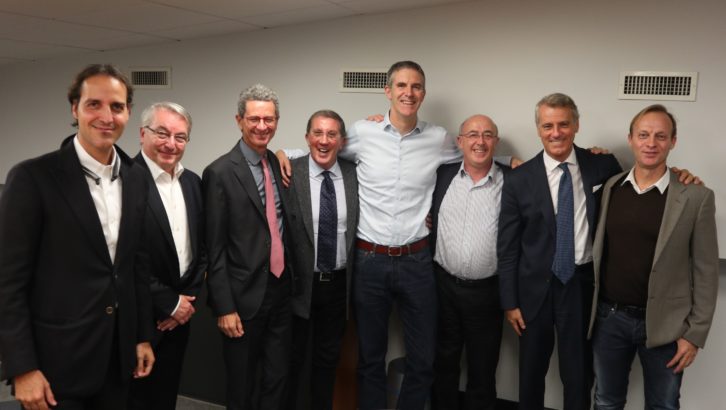
With the Radioplayer Italia app “we target all digital platforms,” added Michele Gulinucci, PER director. “One key fact is that each content comes directly from the broadcaster, with no additional advertising. Radio evolves by being itself.”
RELATION ENABLER
According to Eugenio Lateana, PER board member and R&D director for RTL 102.5, broadcasters have typically approached Telco companies, web giants and the automotive industry as individual players. Those large-footprint companies are used to dealing with global representative bodies, while they are less used to working with a multitude of individual players.
“The Radioplayer platform has now reached the critical mass required to sit at the same table with those global-business entities,” said Lateana. “More than a mere aggregator, Radioplayer is a relation-enabler between radio broadcasters and the automotive industry, as well as smart speaker manufacturers and other global players.”
Given the availability of the Radioplayer app on a car multimedia system, all partner stations will immediately be available in the dash, as well as podcasts and time-shifts.
Radioplayer APIs will also upload the most recent version of station logos and brands to the radio receiver. Within this workflow, Radioplayer essentially acts as a database populated by radio stations themselves, with no third-party interference. It also provides metadata directly from each station to receivers.
“No single broadcaster nor any national radio industry could realistically achieve that,” Lateana concluded.

